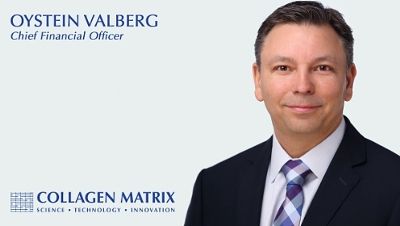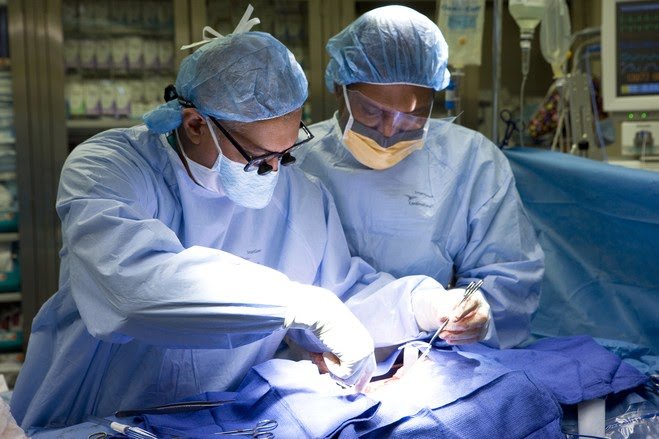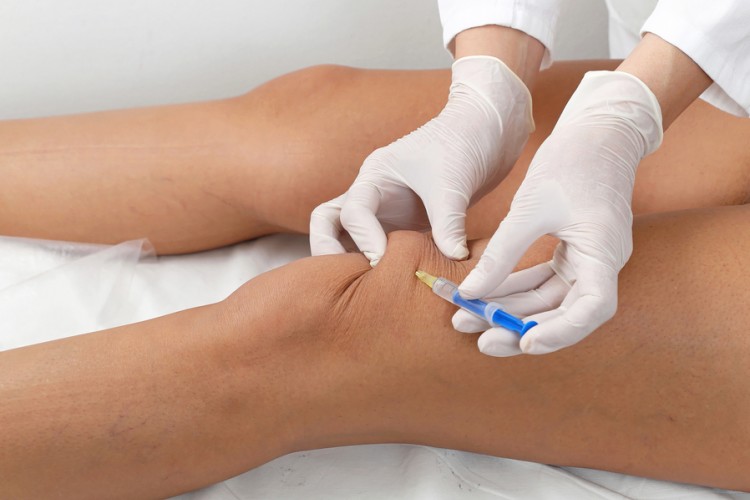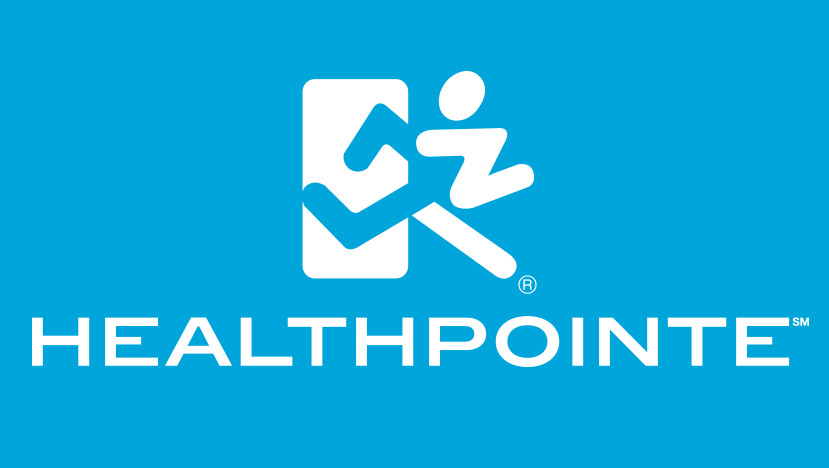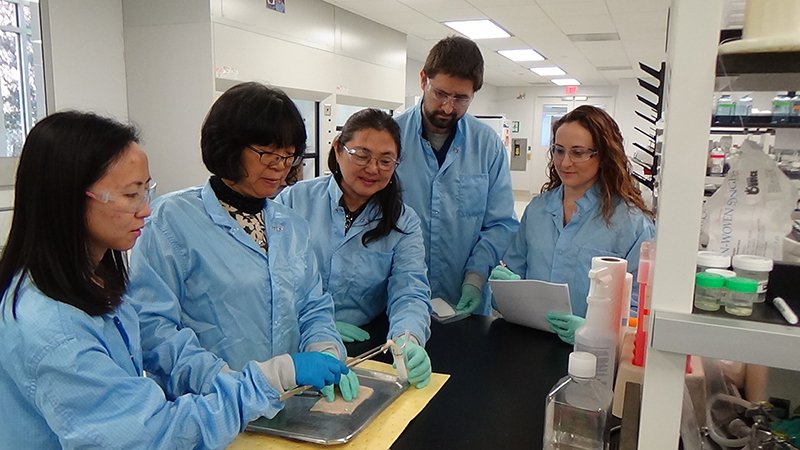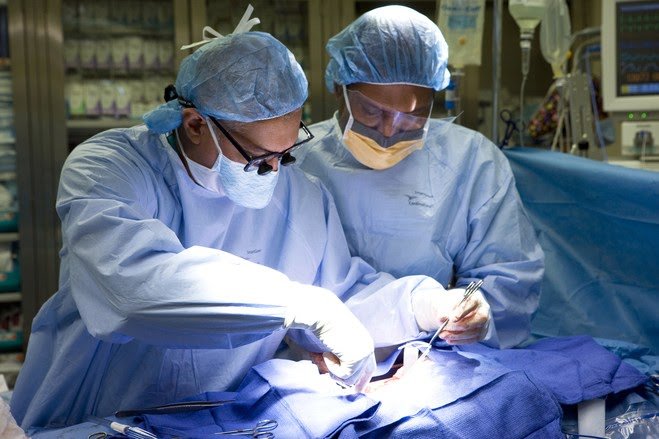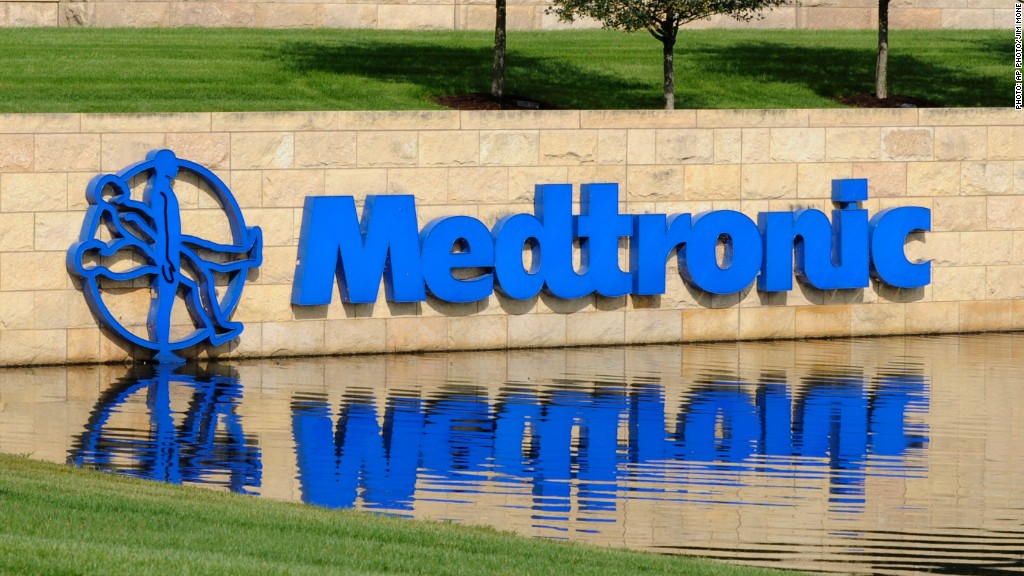by | Nov 2, 2016
When it comes to utilizing 3D printing technology to produce medical devices and tools, there is usually a comprehensive trial that these printed materials must undergo before they can be applied in the healthcare sector. These pre-clinical studies help to unearth the benefits and disadvantages of these potential medical solutions, comparing them to other biocompatible materials that are commonly used in similar applications. The medial technology company Stryker is one of the pioneers of using 3D printing technology to enhance the production of medical devices and implants.
After announcing plans to start construction on a multimillion-dollar 3D printing manufacturing facility earlier this year, Stryker went on to develop their 3D printed Tritanium Posterior Lumbar (PL) Cage Spinal Implant, which was debuted at the American Association of Neurological Surgeons (AANS) Annual Scientific Meeting back in May. Last week, the Spine division of the medical technology company announced the completion of a pre-clinical study for this Tritanium PL Interbody Cage.
The results of the study compare their highly porous titanium alloy with the biomechanical, radiographic, and histological performance of commonly used implants with different surface technologies in an ovine lumbar interbody fusion model. The materials involved in the comparative study include traditional PEEK cages and plasma-sprayed titanium-coated PEEK cages. Using their proprietary Tritanium Technology, Stryker was able to produce a material with porous structures that resembles spongy bone tissue.


